Table of Contents
What is SEO?
SEO stands for Search Engine Optimization, which is the SEO techniques or practice of increasing the quantity and quality of traffic to your website through organic search engine results.
Search engine optimization (SEO Techniques) is the process of growing the quality and quantity of website traffic by increasing the visibility of a website or a web page to users of a web search engine. SEO refers to the improvement of unpaid results (known as “natural” or organic results) and excludes direct traffic and the purchase of paid placement.
Additionally, it may target different kinds of SEO techniques through searches, including image search, video search, academic search, news search, and industry-specific vertical search engines. Promoting a site to increase the number of backlinks, or inbound links, is another SEO tactic. By May 2015,mobile search had surpassed desktop search.
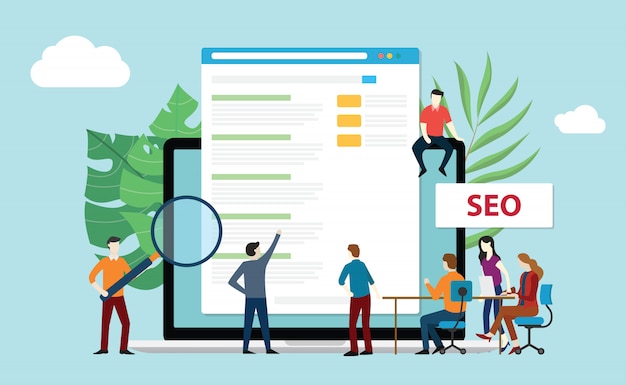
As an internet marketing strategy, SEO considers how search engines work, the computer-programmed algorithms that dictate search engine behavior, what people search for, the actual search terms or keywords typed into search engines, and which search engines are preferred by their targeted audience. SEO is performed because a website will receive more visitors from a search engine when websites rank higher in the search engine results page (SERP). These visitors can then potentially be converted into customers.
SEO differs from local search engine optimization in that the latter is focused on optimizing a business’ online presence so that its web pages will be displayed by search engines when a user enters a local search for its products or services. The former instead is more focused on national or international searches (https://en.wikipedia.org/wiki/Search_engine_optimization).
What goes into SEO Techniques?
To understand the true meaning of SEO, let’s break that definition down and look at the parts or SEO Techniques:
- Quality of traffic. You can attract all the visitors in the world, but if they’re coming to your site because Google tells them you’re a resource for Apple computers when really you’re a farmer selling apples, that is not quality traffic. Instead you want to attract visitors who are genuinely interested in products that you offer.
- Quantity of traffic. Once you have the right people clicking through from those search engine results pages (SERPs), more traffic is better.
- Organic results. Ads make up a significant portion of many SERPs. Organic traffic is any traffic that you don’t have to pay for (https://moz.com/learn/seo/what-is-seo).
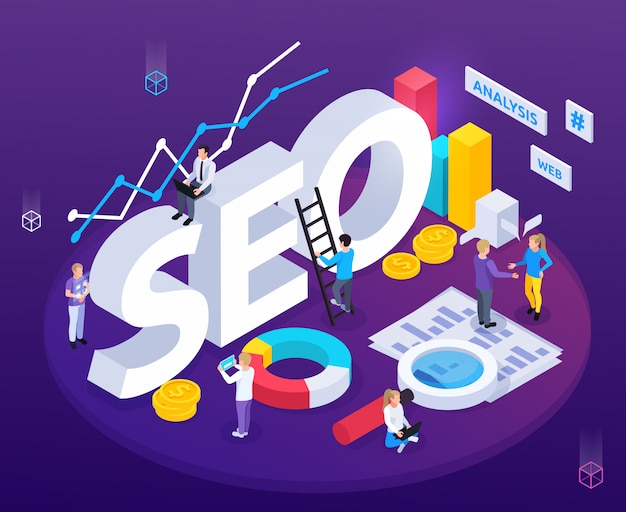
Do you want to master the essential disciplines in digital marketing? Check out the Digital Marketing Specialist course now!
How SEO works ?
You might think of a search engine as a website you visit to type (or speak) a question into a box and Google, Yahoo!, Bing, or whatever search engine you’re using magically replies with a long list of links to webpages that could potentially answer your question.
That’s true. But have you ever stopped to consider what’s behind those magical lists of links?
Here’s how SEO techniques works: Google (or any search engine you’re using) has a crawler that goes out and gathers information about all the content they can find on the Internet. The crawlers bring all those 1s and 0s back to the search engine to build an index. That index is then fed through an algorithm that tries to match all that data with your query.
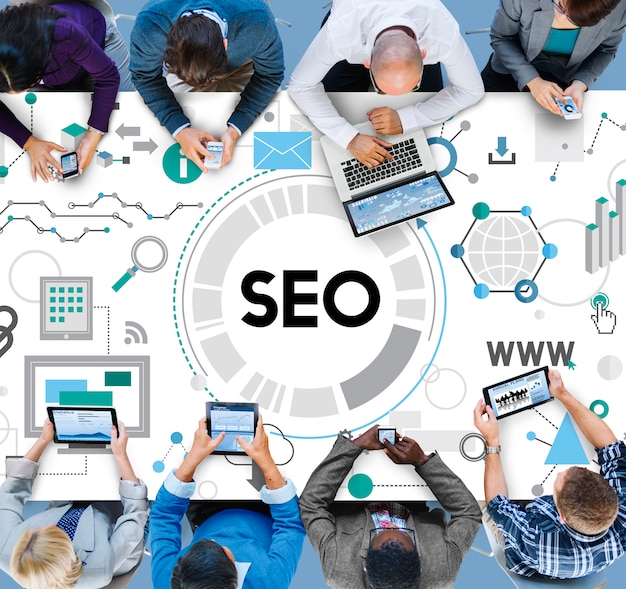
That’s all the SE (search engine) of SEO.
The O part of SEO—optimization—is where the people who write all that content and put it on their sites are gussying that content and those sites up so search engines will be able to understand what they’re seeing, and the users who arrive via search will like what they see (https://moz.com/learn/seo/what-is-seo).
Factors that Affect On-page and Off-page SEO Optimization
1. Content Marketing
Before we dive into some of the factors of on and off-page SEO techniques, let’s talk about content. Content is effective in both attracting the search engines and helping your organization make connections with site visitors. SEO meaning can be emphasized even further through your visual and written content.
The more quality, relevant content pieces that you have on your site, the more likely search engines will be to rank your pages higher on the search engine results page.
Similarly, the more engaging and effective content you have on your site, the more likely your visitors will be to spend some quality time on your website and maybe even make a purchase.
The secret to creating content that is optimized for both the search engines and your human site visitors is to create a variety of different types of content pieces that are well-written and on topics that are most relevant to your audience.
Here are just a few types of content that you can focus on to help improve your content offering and, thus, your search engine rankings:
- Blog posts and articles
- Social media content
- E-books and whitepapers
- How-To Guides and Tutorials
- Videos and audio recordings
- Infographics or other visual content
Another important thing to consider when creating content for your site is SEO keywords and phrases. These are relevant words and phrases that a search engine user might type in when looking for answers to their questions or relevant products and services.
When you create content around these keywords and phrases, you improve your chances of ranking higher for these keywords on the search engine results page.
Yet another factor or SEO techniques that can impact your content, and thus your search engine ranking, is how fresh your content is. Freshness basically refers to how often your organization posts new content to your site.
However, creating brand new content is not the only way to keep your content fresh. You can also freshen up your content by updating posts, rewriting them to make them more effective, or adding new information and statistics over time.
Though creating content takes time and resources, it will more than pay off in the end. Search engines love great content and consumers need quality content to better understand the value your organization can provide.
Start off by creating a few blog posts and work to build a following on social media. Once you have a group of loyal fans and followers, your organization can work to create different types of media to attract and engage new leads.
2. On-Page SEO Optimization
The on-page SEO techniques are those elements that happen on your website. These are the things that you have complete control over, meaning that you can work to improve these factors over time by following best practices for SEO. This goes beyond just your content marketing to the deeper levels of your site’s HTML.
Here are just a few of the on-page SEO techniques that helps;
– Page Quality
Now that search engine ranking accounts for user behavior associated with a page, the quality of your content is crucial to your page ranking.
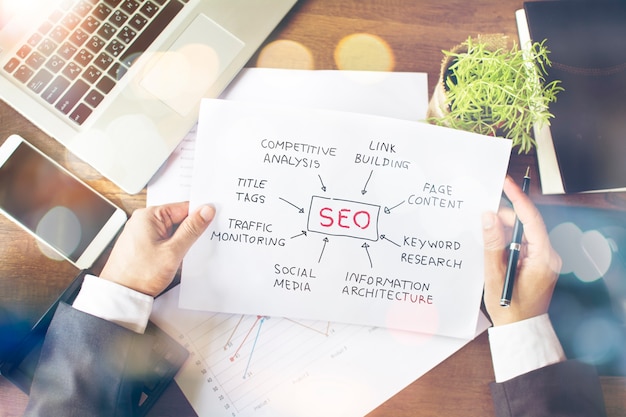
Keywords
Keywords are the search terms people type into search engines to find information and websites like yours. Years ago, websites could win traffic by “keyword stuffing” or repeating important keywords multiple times on a web page. Search engines now penalize for keyword stuffing, and can be easily detected when users quickly exit a page because it didn’t meet their needs.
Make sure you produce quality content that contains the keywords you are trying to rank for and is relevant to people searching those keywords. This will have more people clicking on your page and staying on your page, which are additional on-page ranking factors.
Relevancy
Your content (all the pictures, images, and videos on your site) should be kept fresh and relevant not only to the keywords you are targeting, but to the current time as well. If it’s March and your web page still features Christmas sale information, you’re not helping your ranking. Try updating your web pages at least quarterly, if not monthly.
– Page Structure
HTML tags are the most commonly skipped on-page SEO techniques or practices since they aren’t directly visible on the web page. They are detected, however, by search engines. The easier it is for them to crawl your website and obtain information about it, the more they can favor you in their ranking. For each of the below items, be sure to include keywords and other information that indicate to search engines what the page is about:
- Alt Text:the text alternative of an image, so the search engine can understand what it is an image of. Proper use of alt text in your images can also help you to rank on Google images.
- Title Tag:this is your page title, or <h1> tag, which should include keywords and reflect what the page is about. The title tag on each page tells the search engines what your page is about. This should be 70 characters or less, including both the keyword your content focuses on and your business name.
- Meta Description: this is the description that appears below the URL on a search engine results page. The meta description on your website tells search engines a little bit more about what each page is about. This is also used by your human visitors to better understand what the page is about and if it’s relevant. This should include your keyword and also provide enough details to tell the reader what the content is about.
- Header Tags:you should organize your content into sections and subsections, and label these sections using <h2> for subsections, <h3> for smaller subsections, and <h4> for even smaller sections.
Most content platforms automatically set up this HTML structure for you, when you highlight paragraph titles and choose a label for them such as “large heading” or “subheading”.
Keep in mind that your title tag and meta description are visible to users, as the title is the name of the page that appears on search engine results pages, and the meta description is the snippet that shows up underneath it. A clear and concise description of the page makes users more likely to click on it, and more traffic means better SEO.
– URL Structure
An organized URL structure makes it easier for search engines to crawl from one page to another in your website without hitting road blocks or crossing paths. It also makes for more efficient navigation for the user.
Make sure your URLs contain keywords and reflect the pages they point to, and also are organized with navigation in mind. Not only does this help search engines to help you, but clean and clear URLs are also more likely to be clicked by users.
– Internal Linking
Internally linking related pages on your website is another factor for on-page SEO techniques, as this too makes it easier for search engines to crawl your site, and keeps users engaged longer.
Building internal links, or hyperlinks to other content on your site, can help search engines learn more about your site. For example, if you are writing a post about the value of a specific product or service, you can link to the product or service page in your blog post.
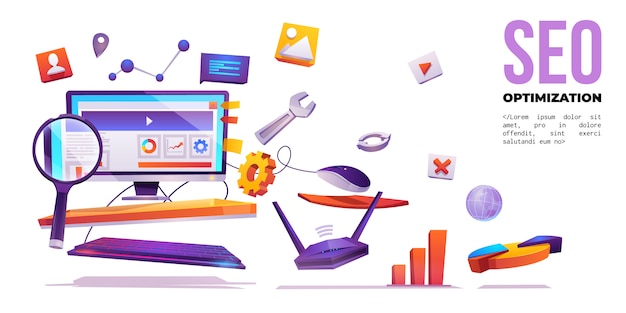
– Page Performance
In addition to the quality of your content, the performance of your web page is also an on-page ranking factor. If your page takes a long time to load or doesn’t render properly on mobile devices, users will get frustrated and exit quickly without engaging.
Search engines can detect this behavior and therefore use it as a page ranking factor. To maximize your page load speed, be sure to:
- Optimize your images (for appropriate file size)
- Have a responsive website
There are additional on-page SEO techniques or practices such as outbound links and related keywords, but the above practices are the essentials for getting started. As previously mentioned, unlike off-page SEO, the above factors are in your control.
- Image Name and ALT Tags –If you are using images on your website or within your blog content, you will also want to include your keyword or phrase in the image name and alt tag. By including this information, you also help give your SEO definition. This will help search engines better index your images, which may appear when users perform an image search for a certain keyword or phrase.
When strategically placing your SEO keywords and phrases on your pages, it’s important to avoid over-optimization. Google and other search engines will penalize your page if it attempts to use keywords too many times throughout the content.
In addition, you want to make sure that each piece of content focuses on just one or two keywords. This helps ensure that your content is specific and relevant. Trying to tackle too many keywords at once may negatively impact your search engine optimization as it often makes for un-focused and thin content.
While site content plays a vital role in your search engine rankings, it’s also important to consider your site architecture. Part of the optimization process is to ensure SEO definition on all parts of your web pages. You want to use a website design that makes it easy for search engines to scan or crawl your pages and content.
Building internal links between your pages, creating a sitemap and submitting your sitemap to search engines can both help improve your site’s crawlability and give your search engines a better understanding of your content.

Yet another concern when it comes to your site’s architecture is whether or not your website is mobile-friendly. Many consumers are searching for information and brands on their mobile devices.
You need to make sure that these users are able to view, read, and navigate your website from their mobile device. Not only does this impact the user experience, but it can also affect your SEO optimization.
3. Off-Page SEO Optimization
In addition to the on-page SEO elements that your organization has control over, there are also off-page SEO factors that can impact your ranking. Though you do not have direct control over these off-page factors, there are ways that you can improve your chances of having these factors work out in your favor.
Here are a few of the different off-page SEO factors that can impact your search engine rankings:
- Trust – Trust is becoming an increasingly important factor in a site’s Google ranking. This is how Google determines whether you have a legitimate site that visitors can trust. One of the best ways to improve trust is by building quality backlinks from sites that have authority.

Backlinks – One of the most popular ways to build off-page SEO is through backlinks. You want to be careful here as spamming sites with your links is a quick and easy way to get your site banned from the search engines. Instead, take the time to build relationships with influencers and fans who create quality content and will link back to your site in their own content.
The most important off-page ranking factor with the biggest impact is backlinks pointing to your website. Backlinks occur when other websites link back to yours. Backlinks from trusted sites are to search engines a kind of endorsement for your content. Some of your content might get backlinked on its own. In many cases, however, you’ll need to put in some effort. You can obtain backlinks by:
- Connecting your Facebook page to your website
- Submitting guest blogs to industry websites
- Reaching out to influencers and bloggers
- Social – Another important off-page SEO factor are social signals, such as likes and shares. When it comes to boosting SEO, you want to look for quality shares from influencers. The more quality content you publish, the more likely you will be to get people to share your content with others.
Though you do not have direct control over what happens outside of your organization, you can increase your chances of improving off-page SEO simply by creating quality content that others will find valuable.
By giving your SEO meaning, you can catch the attention of more search engine users. The more relevant and interesting your content is, the more likely others will be to link to your content and share it on social media. The more people trust your content, the more the search engines will as well.
Domain Authority
Your domain authority is another off-page SEO factor that is less in your control. Domain authority helps search engines determine how much they can trust you. It is affected by:
- How long you’ve had your domain name (the longer the better)
- The history of the domain name (if it had a previous owner who did not comply with best practices, search engines will see that history and take that into account).
- The number of referring domains
Search engines and organic traffic play a major role in your business growth because the majority of your target audience uses a search engine to find you. Implementing both on-page and off-page SEO will help you to get found by more potential customers.
On-page SEO vs. Off-page SEO: Which is More Important?
Both are equally important. Both needed to garner good ranking on search engines. There are some instances where it would be better to focus on one more than the other. Below are three situations along with how you should allocate resources and time:
– An aged domain with an active link profile
A website which has been around for a while has evolved organically and managed to get a good number of backlinks over the years.
The content has been neglected and web pages which have never been optimized, many are no longer relevant or have thin low-quality content. This type of websites is an SEO goldmine.
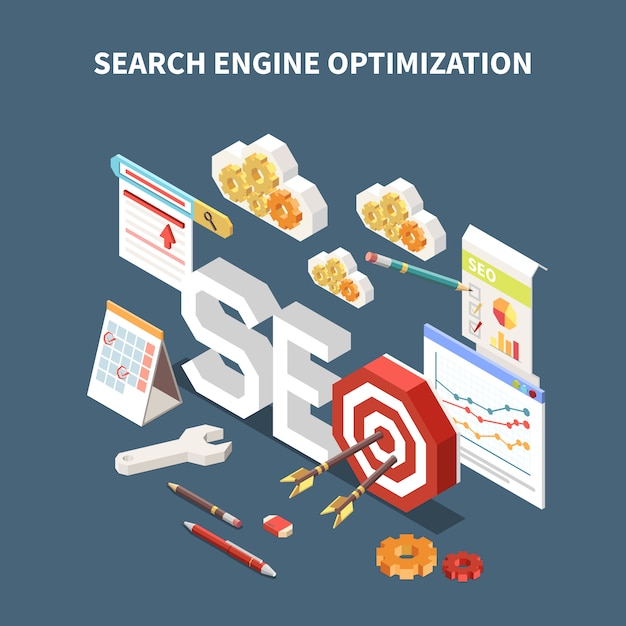
These websites tend to have an abundance of technical and on-page SEO issues ranging from duplicate pages, old, out of date keyword research, non-SEF URLs, and more. In this case, focus your resources on on-page optimization. By optimizing and refreshing old out of date content, you’re likely to see a decent boost in SEO rankings.
– A brand new domain
Which came first, the chicken or the egg?
The debate on if you should focus on content or link-building with a new domain causes quite the discussion in the SEO community, and this debate will never be settled. With a brand new website, there is no content. Why would an established site with a high domain authority want to link back to you?
The new website wouldn’t have anything worth linking to. A website selling a disruptive product or service may have an easier time to get people talking about it and cultivate backlinks to the website. Content is the backbone of every successful website and marketing campaign; the web runs on content, so start with content.
– A website with few backlinks, no distribution strategy with valuable content
Just producing great content and waiting for it to get discovered is a dead zone today. Maybe it never really did get found. Ever notice how many blogs there are out there that have valuable content that nobody reads.
Regardless of how good your content is, it wouldn’t get the attention it deserves without a distribution or amplification strategy. Most businesses fail to realize this fact. In this case, the best action plan is to shortlist the best articles, give them an update, and put a thorough distribution and outreach strategy in place.
A distribution and outreach strategy should be multifaceted, consisting of action items as contacting influencers in your niche, sponsor the content on other websites, run a paid social media campaign utilize native advertising. There are so many options available on how to distribute content. This should win you enough backlinks to get you started.
References
- https://medium.com/@CarolForden/on-page-vs-off-page-seo-what-is-the-difference-b1d1e910806e, retrieved on July 22, 2020.
- https://en.wikipedia.org/wiki/Search_engine_optimization, retrieved on July 22, 2020.
- https://moz.com/learn/seo/what-is-seo, retrieved on July 22, 2020.
- https://www.lyfemarketing.com/blog/what-is-seo-and-how-it-works/, retrieved on July 22, 2020.
- https://thrivehive.com/on-page-off-page-seo/, retrieved on July 22, 2020.
apps-fileview.texmex_20230223.01_p1
schema code.txt
Displaying schema code.txt.











.webp)
